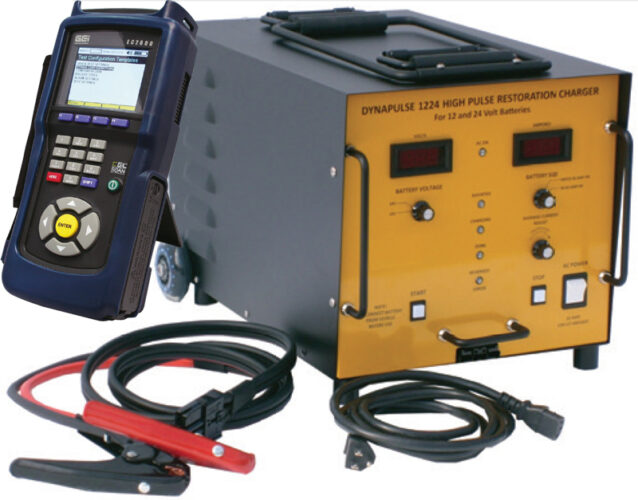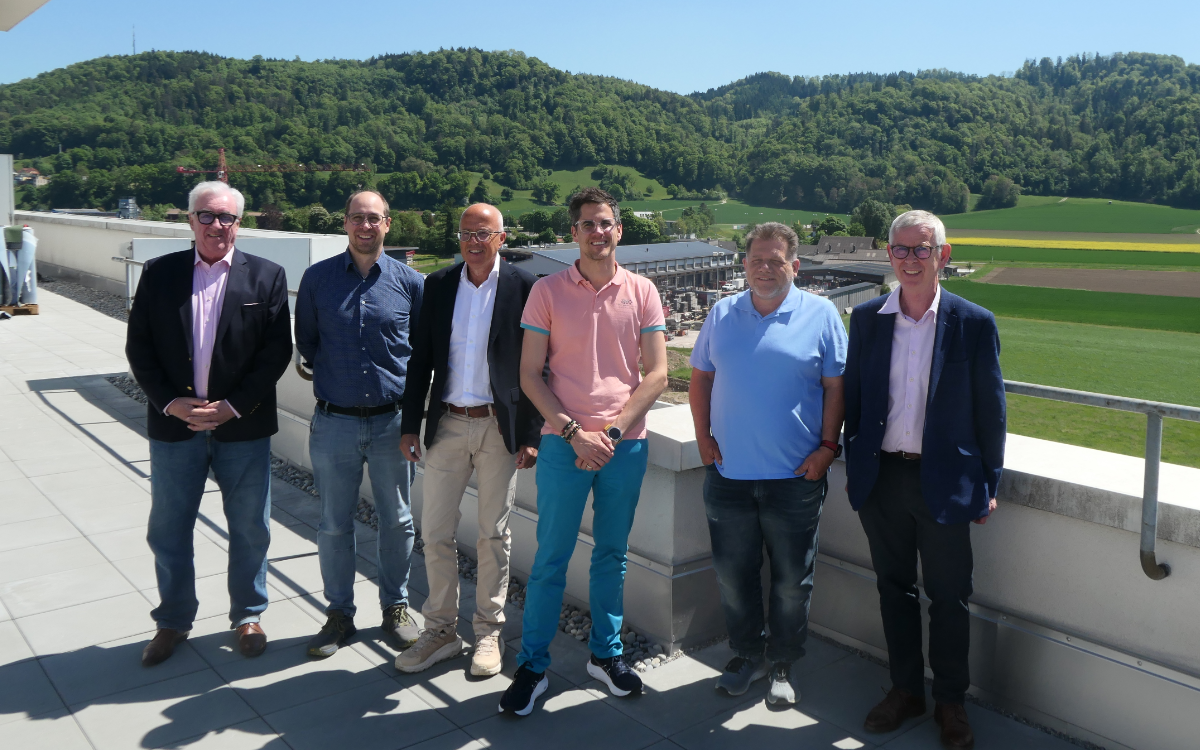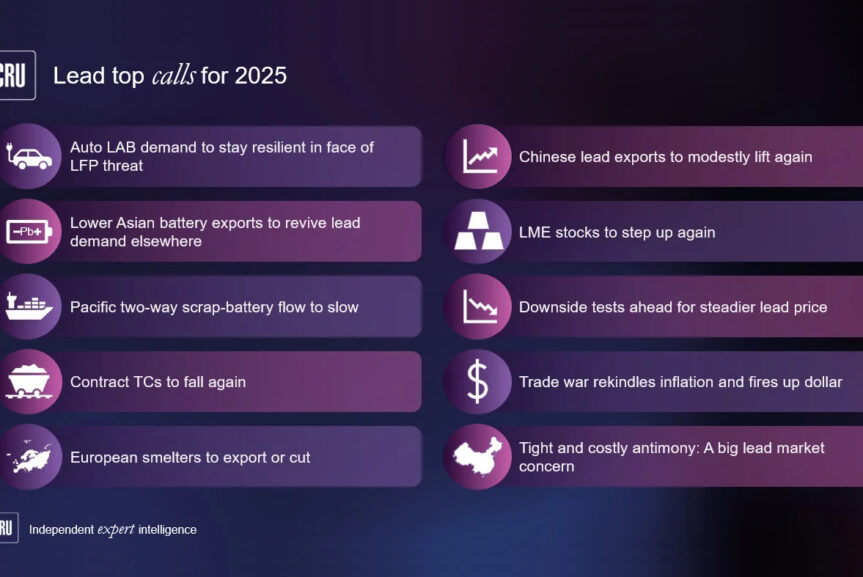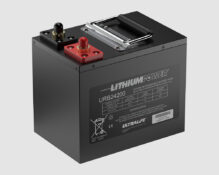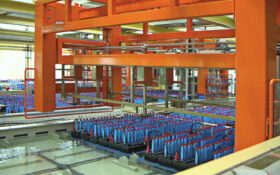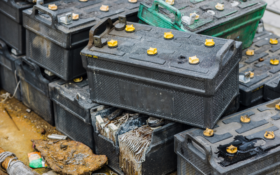It's been more than a decade since Dr. Kurt Salloux tried to educate the world that impedance spectroscopy was the way forward to determine lead-acid battery state of health in the field. His first venture-funded company, World Energy Labs, ended in 2008, but the technology is back and ready to provide preventative maintenance solutions for lead‑acid technology in standby applications. The Editor caught up with Salloux on a whirlwind visit to the UK.
Sometimes the world isn't quite ready for what you have to offer. Ten years ago, battery maintenance technicians were . . .
to continue reading this article...
Sign up to any Premium subscription to continue reading
To read this article, and get access to all the Premium content on bestmag.co.uk, sign up for a Premium subscription.
view subscription optionsAlready Subscribed? Log In

